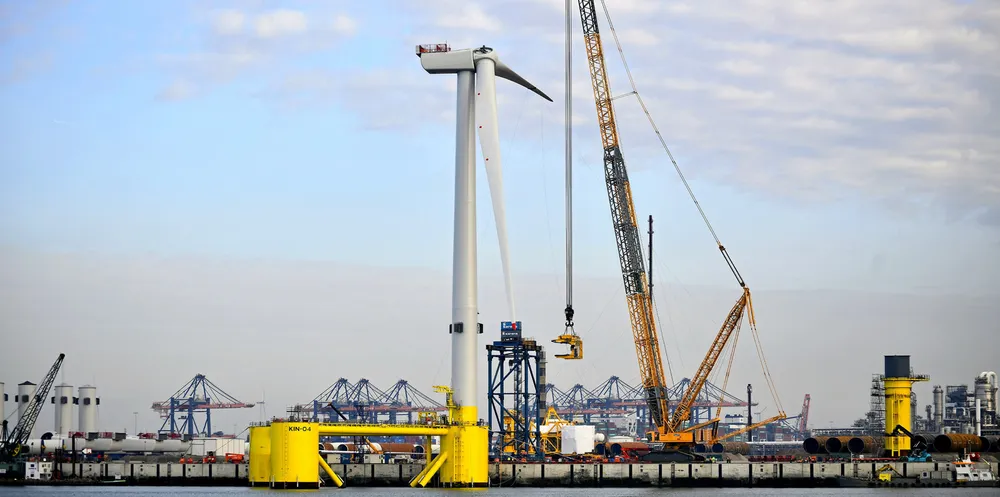Britain bets on floating wind with $220m 'kickstart' pot for coastal industrial hubs
Fund expected to receive 'boost' from private sector investment in development of port infrastructure and offshore installation operations for fast-emerging sea-based energy technology

The British government has earmarked £160m ($220m) to spur construction of offshore wind port facilities around the UK, as part of Prime Minister Boris Johnson’s so-called ‘Ten Point Plan’ to deliver 1GW of energy to the grid by 2030 from floating arrays.
<b>Focus your mind: get the insight you need with the Recharge Agenda</b>
The global energy transition is gathering momentum – and the accompanying news-stream becoming an information deluge. Separate the green giants from the greenwash and the hard facts from the click-bait headlines with Recharge Agenda, our curation of the market-making events of the week, distilled down into one quick-read newsletter. Sign up here for free
The funding, to be bid on by developers and manufacturers to “kickstart” building and renovating coastal fabrication infrastructure “as a stepping stone to substantial further growth in the UK of [deepwater wind power] technology”.
“Offshore wind is a UK success story in forging our green industrial revolution. Tapping into this emerging sector will boost our clean electricity generation even further, creating jobs and green innovation across the whole of the UK,” said Johnson, speaking ahead of the COP26 climate conference in Glasgow, Scotland, which opened today (Sunday).
The government expects the funding to be “boosted” by private sector investment in both development of port infrastructure for serial production of deepwater wind technology as well as offshore installation operations.
UK business & energy secretary Kwasi Kwarteng said: “This investment will help to attract further private sector backing to boost our industrial heartlands. It will create and support thousands of good quality jobs ensuring they remain at the forefront of the next generation of clean energy as we build back greener.
“Floating wind is key to unlocking the spectacular wind energy resource we enjoy in the UK, particularly in the deep waters around the coasts of Scotland and Wales. This new investment will put us in a leading position to capture the full economic benefit of this fast growing industry.”
The government highlighted floating wind providing Scotland and Wales with the chance to “making the most of the deep waters off [their] coasts… and huge opportunities for [their] coastal communities” via new economic cluster that “build on [their] strong industrial heritage”.